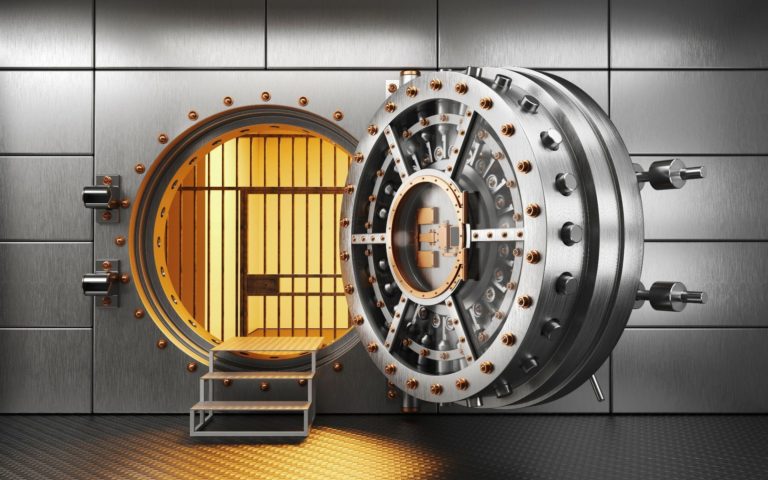The Growing Significance of Self-Custody Solutions in the Crypto Landscape:
With the digital asset industry currently valued at an impressive $2.3 trillion, there’s still room for growth before it rivals the $110 trillion stock market. However, significant developments are underway, particularly in the realm of real-world assets (RWAs) and stablecoins, attracting major players like Blackrock, Stripe, and Franklin Templeton.
These firms are gradually mirroring traditional securities such as money market funds and mutual funds for on-chain utilization and seamless peer-to-peer transfers. As this trend continues, it’s foreseeable that regulators will catch up to facilitate the exchange of traditional securities like Fortune 500 stocks or exchange-traded funds (ETFs) in a manner akin to crypto transactions. Eventually, every type of traditional asset is poised to become an on-chain asset.
What implications does this hold for custodians?
- Number of active personal wallets: While assets being sent back to exchanges are decreasing quarter over quarter, personal wallets are increasing exponentially. Both retail and institutional clients are opting to keep their assets on-chain, preferring this over trusting custodians who might expose their funds to risks.
- Transition to self-custody: A clear trend is emerging among Web3 asset holders to transition their wealth to self-custody once they attain a certain level of sophistication. As insurance methods evolve to address wallet compromise concerns, it’s anticipated that most individuals and institutions will demand control over their private keys and account segregation.
Various self-custody solutions are available, each with its own security, usability, and cost considerations:
- Multisig: Solutions like Safe offer multi-signature wallets where multiple parties must agree before a transaction can occur. Other chains may require different solutions, such as dedicated wallet software supporting Shamir’s Secret Sharing.
- Account Abstraction: This EVM-only solution allows layering additional permissions and capabilities on top of standard accounts, enabling signers to only sign specific types of transactions. Providers like Gnosis Safe, ZeroDev, Biconomy, and Fun leverage these capabilities for transaction batching and more.
- Institutional Cold Storage: Custodians offer cold storage solutions leveraging hardware security modules and robust physical security. However, these solutions often come with significant costs and minimum balance requirements.
- Multi-party Computation (MPC): MPC is a flexible option not limited to a specific network by smart contracts but requires trust in potential opaque partners. Solutions like Qredo, Lit, and Anchorage Digital’s Porto offer varying degrees of decentralization and white-glove treatment.
As the landscape evolves, advisors must prepare to support self-custody solutions, ensuring compliance with regulations and providing clients with secure options for managing their digital assets.
Ask an Expert:
- Can you hold bitcoin in an IRA account?
Yes, several methods allow exposure to bitcoin in both traditional and Roth IRA accounts, with options ranging from spot bitcoin ETFs to specialized providers offering direct ownership and storage of bitcoin within the account. - What’s the benefit of holding bitcoin in an IRA?
Holding bitcoin in an IRA provides tax benefits, including tax-deferred or tax-free growth and the ability to take distributions in bitcoin itself. This aligns well with bitcoin’s long-term store of value proposition and can accelerate retirement savings. However, it comes with reduced liquidity and increased rules compared to standard brokerage accounts.
